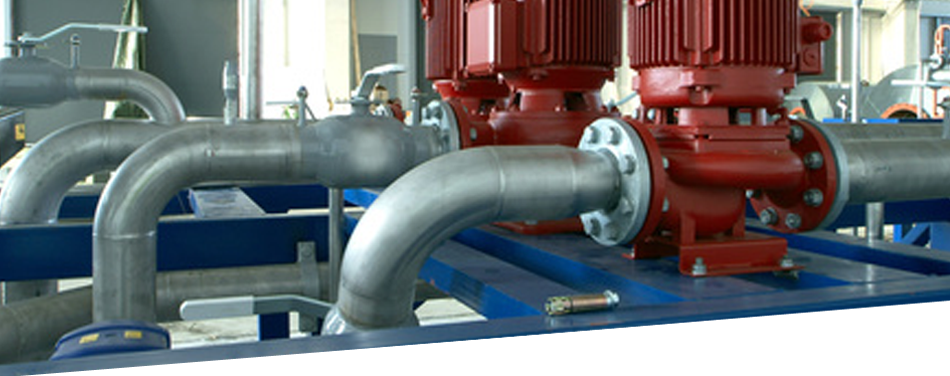We are proud members of the FSA.
In all piping systems the flanges, valves and the piping itself have a pressure – temperature relationship. This PxT factor is the result of multiplying the operating pressure times the operating temperature to arrive at a numerical value. This value is not constant and is different at each temperature and pressure combination.
In the table below the PxT factors for carbon steel piping per ANSI B16.34 and saturated steam are shown. The fact that PxT values exists for piping should indicate that such values also exist for gasketing, and just like piping, those values change with differences in the pressure and temperature.
| PRESSURE-TEMPERATURE RELATIONSHIPS | ||||||
|---|---|---|---|---|---|---|
| Carbon Steel | Saturated Steam |
|||||
| Class 150 | Class 300 | |||||
| Temp. (°F) | psi | (P x T) | psi | (P x T) | psia | (P x T) |
| 100 | 285 | (28,500) | 740 | (74,000) | 1 | (100) |
| 200 | 260 | (52,000) | 675 | (135,000) | 12 | (2,400) |
| 300 | 230 | (69,000) | 655 | (196,500) | 68 | (20,400) |
| 400 | 200 | (80,000) | 635 | (254,000) | 250 | (100,000) |
| 500 | 170 | (85,000) | 600 | (300,000) | 680 | (340,000) |
| 600 | 140 | (84,000) | 550 | (330,000) | 1550 | (930,000) |
| 700 | 110 | (77,000) | 535 | (374,500) | 3100 | (2,170,000) |
The chart below graphically represents the information presented above.

Now we can look at how sheet gaskets fit. As stated above just like piping, the PxT relationship for gaskets changes with each pressure – temperature combination and therefore is not a constant. The chart below shows compressed non-asbestos and compressed asbestos gasketing vs. three different pressure classes and saturated steam for reference. This chart shows why, as a general rule, all sheet non-asbestos gasketing should be limited to Class 300 and below.

